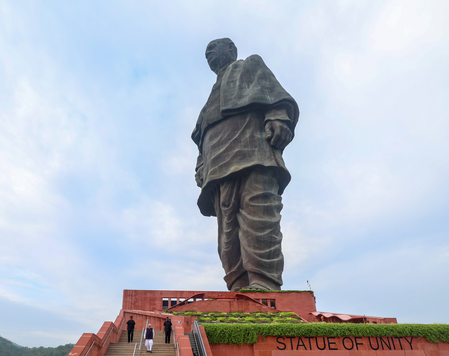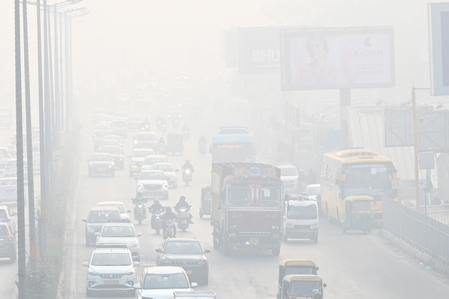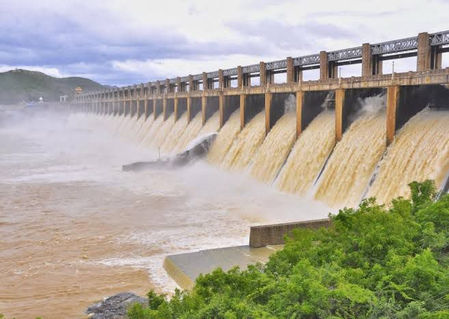
New Delhi, Feb 4 (IANS) Delhi-NCR woke up to light rainfall on Tuesday morning, with the India Meteorological Department (IMD) predicting that showers will continue throughout the day.
The rain comes as a result of a fresh western disturbance affecting the region, bringing slight relief from pollution.
The IMD has forecast that the rainfall will subside by Wednesday, February 5, with fog levels expected to rise in Delhi. While dense fog continues to persist in some isolated areas, the weather department has also noted the possibility of a thunderstorm on Tuesday.
The city recorded a minimum temperature of 12 degrees Celsius, which the IMD has classified as above normal for February, while the maximum temperature is expected to reach 21 degrees Celsius.
The rain has brought some improvement in Delhi’s air quality, though pollution levels remain in the ‘Poor’ category. According to the Central Pollution Control Board’s (CPCB) data at 7 a.m. on Tuesday, the Air Quality Index (AQI) stood at 265 in Chandni Chowk, 232 at ITO, 132 on Lodhi Road, and 228 on Sri Aurobindo Marg.
The overall AQI is expected to improve further post-rainfall.
The AQI in Haryana’s Gurugram was 302 in the ‘Very poor’ category and in Faridabad it was 217 in the ‘Poor’ category.
Last week, the Commission for Air Quality Management (CAQM) had invoked Stage 3 measures of the Graded Response Action Plan (GRAP) after the AQI exceeded the 350 mark, triggering stricter pollution control measures in the city.
Meanwhile, the IMD has also predicted a temporary increase in minimum temperatures across northwest India over the next two days, followed by a gradual dip of 2-3 degrees in the subsequent three days.
Weather conditions are likely to remain dynamic as another western disturbance is set to impact northern India from February 8 onwards, bringing fresh fluctuations in temperature and atmospheric conditions.
In addition to Delhi, the IMD has also forecast rainfall across the western Himalayan region and several parts of northwest India until February 5.
The changing weather patterns continue to shape conditions in the northern belt, keeping residents on alert for more showers and temperature variations in the coming days.
–IANS
sd/rad




